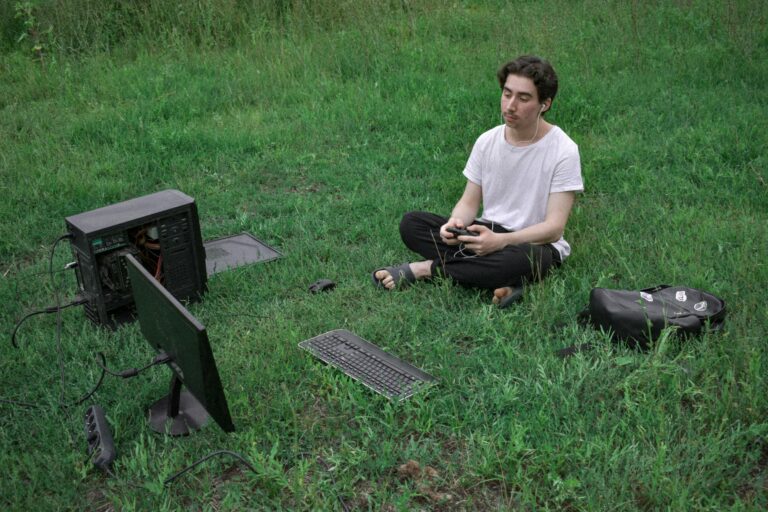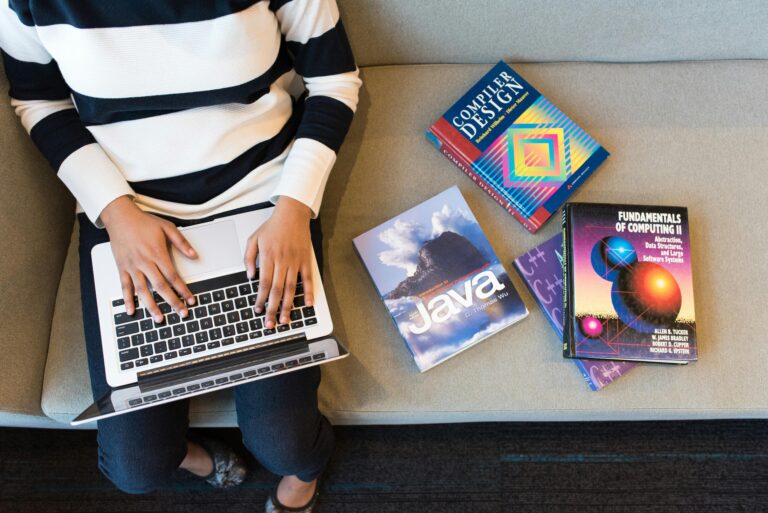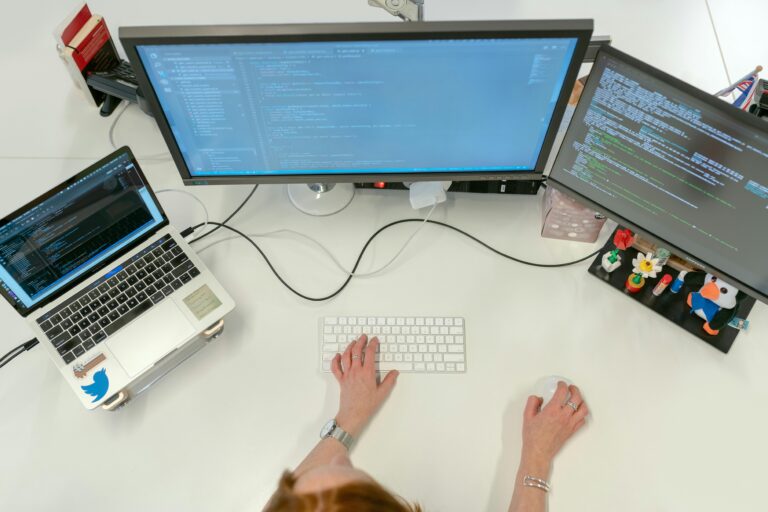Extended Reality (XR) is a term used to describe all immersive technologies including Augmented Reality (AR), Virtual Reality (VR), and Mixed Reality (MR). These tools blend the digital and physical worlds to create engaging, realistic experiences. In simple terms, XR is where our real world meets the digital one and it’s already shaping how we learn, shop, and interact.
Think of XR as an umbrella term AR, VR, and MR are all part of it.
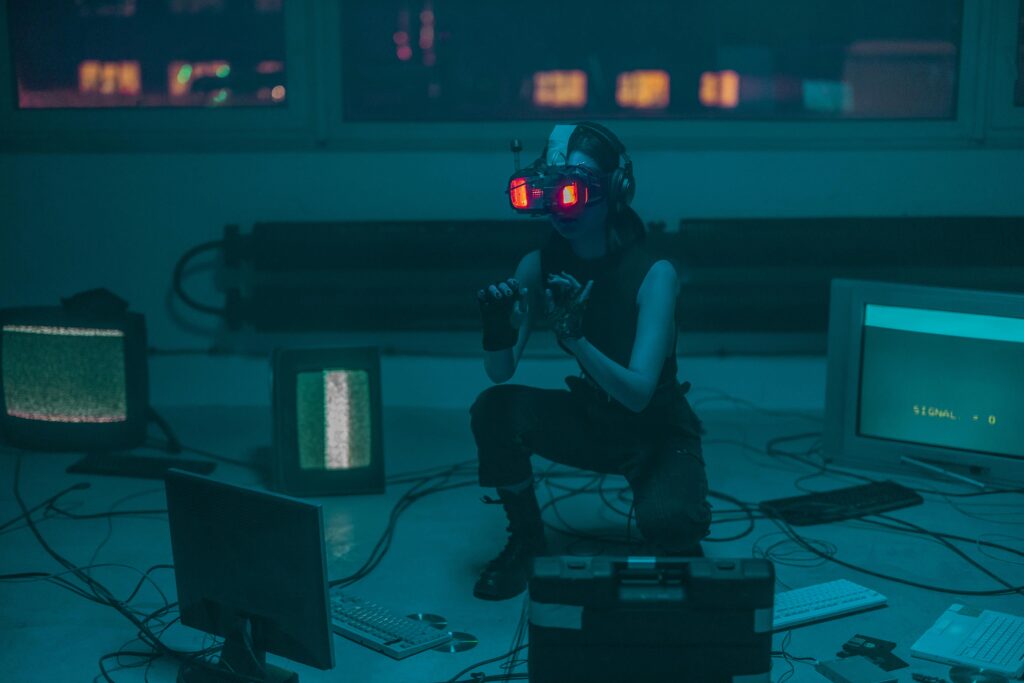
🧠 How XR Works in the Real World
To understand XR better, let’s quickly break down the components:
1. Augmented Reality (AR)
AR overlays digital content onto the real world. You can still see your surroundings, but with added layers of information or visuals.
- Example Tools:
2. Virtual Reality (VR)
VR takes you into a completely digital environment, cutting off the real world. It requires a headset to immerse you in 3D virtual spaces.
- Popular Tools:
3. Mixed Reality (MR)
MR is a blend of both AR and VR, allowing users to interact with digital objects in the real world. Think of it as next-level AR.
- Tools to Explore:
🧑🏫 XR in Training: Real Learning, Virtual Style
XR is revolutionizing the way companies train their employees. Why? Because it creates realistic, risk-free environments where people can learn by doing not just reading.
Benefits of XR in Training:
- Hands-on practice without danger.
- Faster learning and better retention.
- Cost-effective for long-term scaling.
Real Examples:
- Walmart uses VR to train employees for Black Friday sales through Strivr.
- Airbus trains aircraft engineers with Uptale XR.
- UPS uses VR to train drivers in virtual traffic conditions.
Fun fact: XR training reduced training time by 40–60% in several industries.
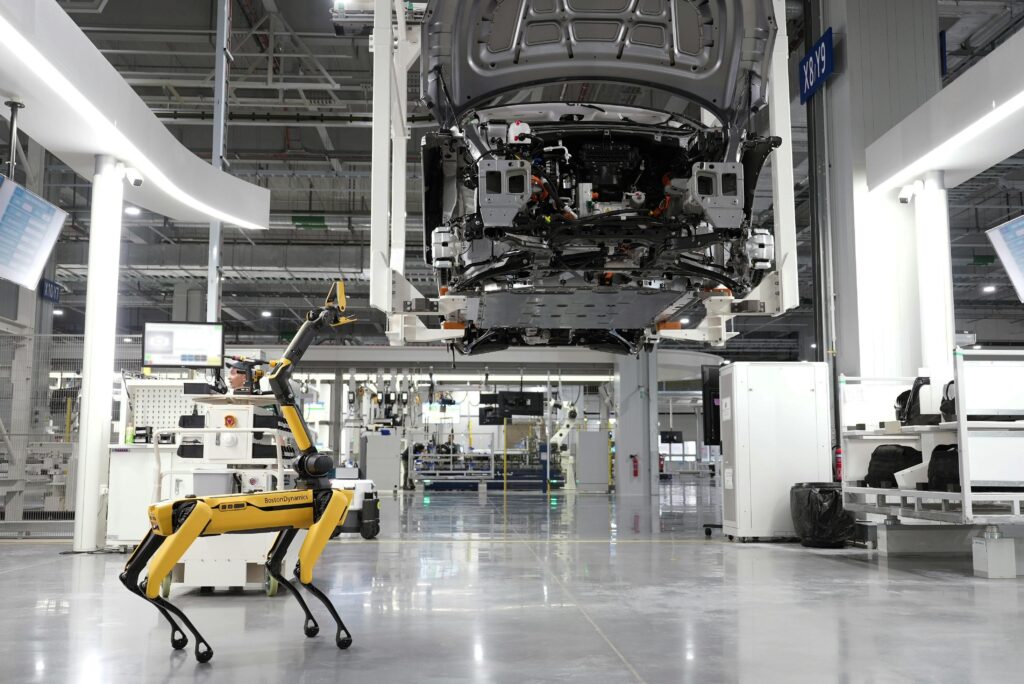
🛍️ XR in Retail: Try Before You Buy
Retailers are turning to AR/VR to provide immersive shopping experiences. Instead of just browsing a product photo, users can see how it fits, looks, or even feels virtually.
How XR Helps Retailers:
- Try-on solutions boost buyer confidence.
- Virtual showrooms cut down physical space costs.
- AR navigation helps shoppers inside large stores.
Big Names Using XR:
- IKEA Place app lets users place furniture in their home using Apple ARKit.
- L’Oréal’s Modiface enables virtual makeup try-ons.
- Nike Fit uses AR to scan your feet and suggest the perfect shoe size (Nike Fit Info).
🧠 XR and the Metaverse: What’s the Connection?
The Metaverse is a persistent virtual world where people can interact, socialize, work, and shop all using XR. Think of it as the internet you walk through, rather than scroll through.
Tools Powering Metaverse XR:
- Spatial.io – Build your own 3D space for work, art, or events.
- Decentraland – A virtual world where users buy land, attend events, and more.
- AltspaceVR – A VR platform for events, meetings, and hangouts.
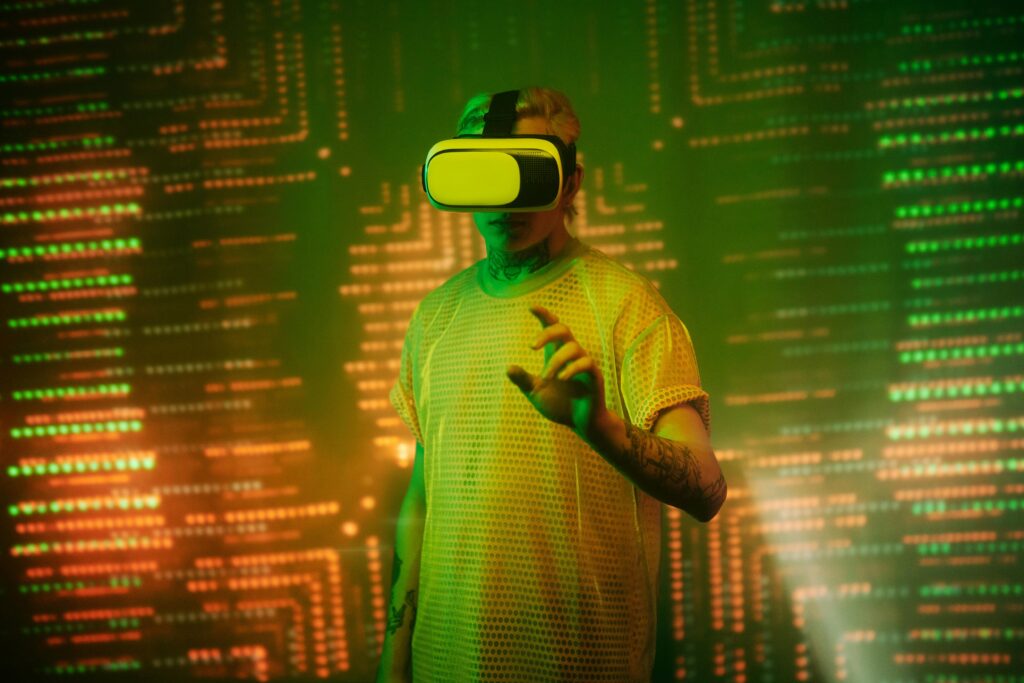
🛠️ Tools to Create XR Experiences
Want to build your own XR experience? These tools make it easier:
🔧 Platforms:
- Unity – Game engine supporting VR/AR.
- Unreal Engine – High-quality graphics engine for immersive XR.
- ZapWorks – Great for no-code AR.
- BlippAR – Create interactive AR experiences.
- Lens Studio by Snap – Build custom filters and AR features.
📦 SDKs & APIs:
🔮 The Future of XR: Where Are We Headed?
XR is not a trend it’s the future of interaction. Whether you’re shopping online, learning a new job, or attending a virtual concert, XR will soon be a part of your everyday life.
Predictions:
- 85 million users will use XR in retail by 2025.
- 75% of global workforce will be using AR/VR tools by 2030.
- Training and education are expected to become XR-first in high-skill industries.
🔗 Final Thoughts: Why XR Matters
XR is changing the way we see, learn, buy, and connect. For businesses, it’s not just cool tech it’s a way to deliver value, speed, and deeper connections with users. For individuals, it opens up a world that blends imagination with experience.
Whether you’re building XR tools, training your team, or shopping for new shoes, Extended Reality is already transforming your world.
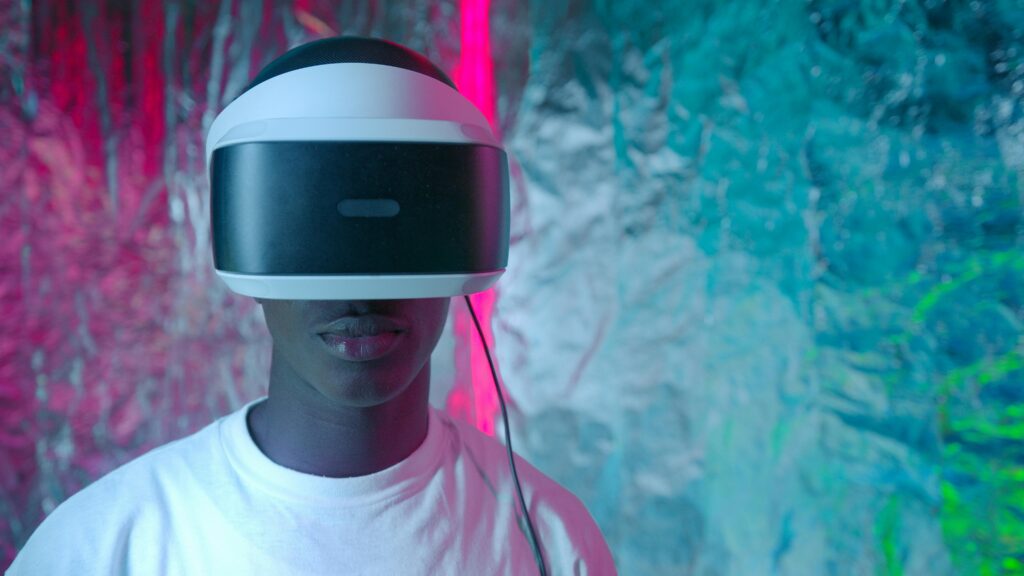
✅ Summary: Quick Glossary
- XR (Extended Reality): Umbrella term for AR, VR, and MR.
- AR (Augmented Reality): Adds digital content to real world.
- VR (Virtual Reality): Fully immersive digital environment.
- MR (Mixed Reality): Interaction between digital and real elements.
- Metaverse: A digital universe powered by XR and blockchain.
Thank you for visiting! Check out our blog homepage to explore more insightful articles.

